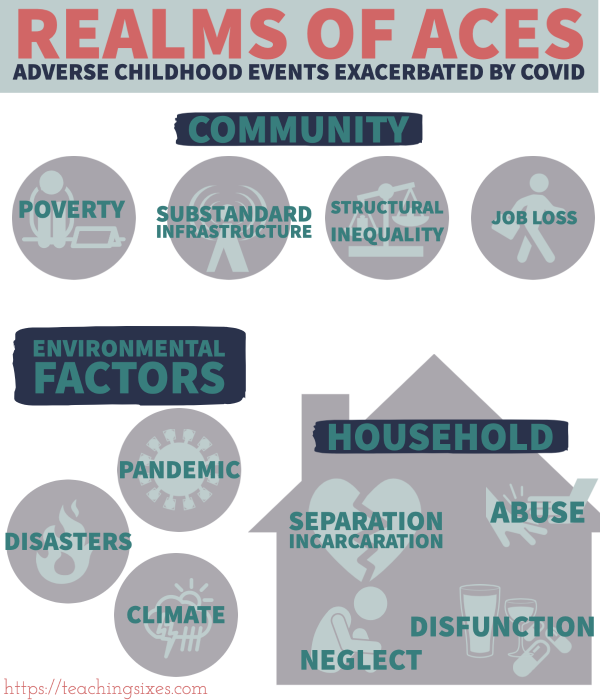
Inspire and encourage educators and students to use technology for civic engagement and to address challenges to improve their communities.
ISTE STANDARDS FOR COACHES
Encouraging Civic Engagement
The children we teach use technology throughout their daily lives, and it’s important to help them see this technology as a tool they can use to enact positive change, improve their lives and that of others, and to engage in the world around them. Do do this, we need to first understand how students use technology for non academic purposes, and I wrote a post about teens and technology in 2021. Students are not monolithic in how they use technology, but some factors are the same across socio-economic groups, ages, and cultures. For example, students typically engage in personalization measures when given their own devices, and engage in behaviors that defy the “common wisdom” about kids and technology (which tends to be based on out-of-date data).
Once educators have moved past the stereotypes and myths surrounding youth and technology use, they can work to encourage students to use technology to create a greater good. A post from January, 2021 examines ways in which we can empower students through technology by paying particular attention to how adverse childhood experiences impact their interactions with both technology tools and the world in which they exist. This was written within the shadow of COVID, and its exacerbation of existing traumatic situations. I focus on providing students scaffolded independence through academic choice and social development at their own pace.

Because often it can be difficult to translate larger ideas such as “academic choice” to practical actions educators can take in the classroom, I paired this post with another one that provides six mind-shifts that each have specific strategies that teachers can use to empower students in difficult circumstances with the use of technology.